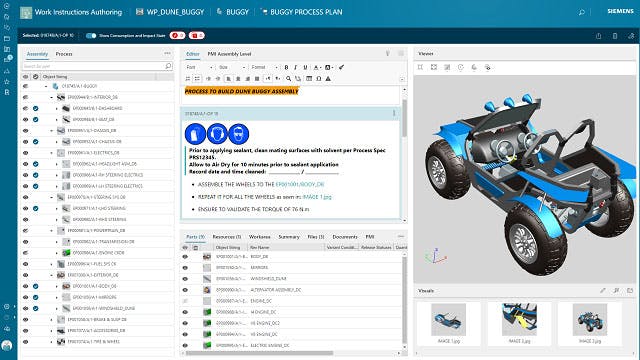Service parts management is a strategy employed by manufacturers and service organizations to estimate the demand for each part needed to service a fielded asset, then to maintain the correct stock levels to ensure availability without overstock and to deliver the right parts at the right time for service activities. After labor costs, parts are typically the second-highest cost element in service delivery, making service parts management a vital component of a cost-effective service program.
Without effective service parts management, a company is prone to significant waste associated with maintenance, repair, and overhaul (MRO) operations. Just as the DIY homeowner typically makes multiple trips to the home improvement store, a service team not supported by good service parts management may make multiple trips between inventory and point-of-maintenance, incurring a large time penalty as well as transportation costs and keeping high-value assets out of operation for long periods.
Service parts management is a maintenance, repair, and overhaul activity, supported by service lifecycle management (SLM) software. Maintenance, repair, and overhaul parts management software within a service lifecycle management system helps companies optimize their service parts inventories and service timeliness and efficiency by employing the same functionality used to manage materials and inventories before and during asset manufacturing.
Related products: Teamcenter


